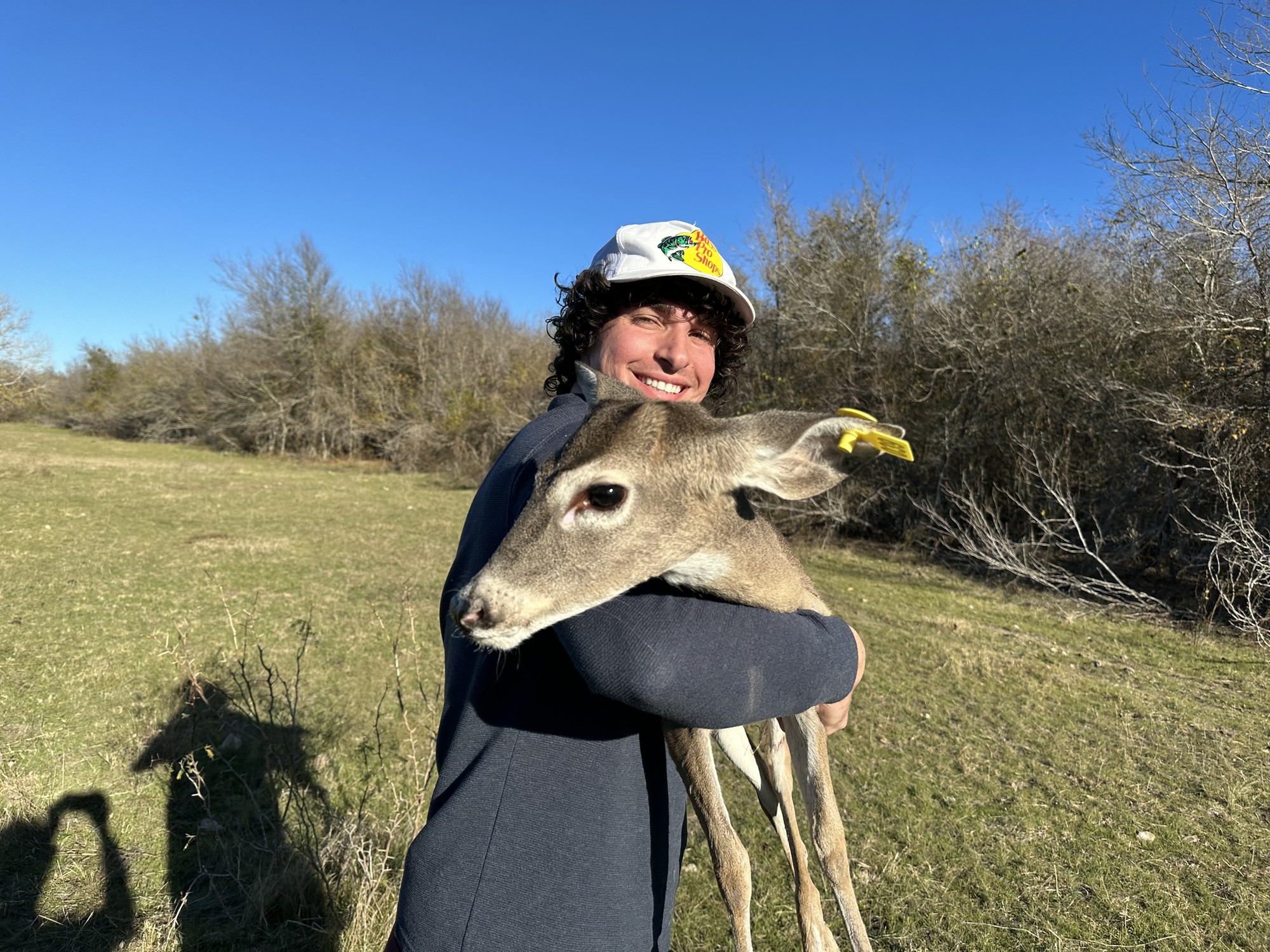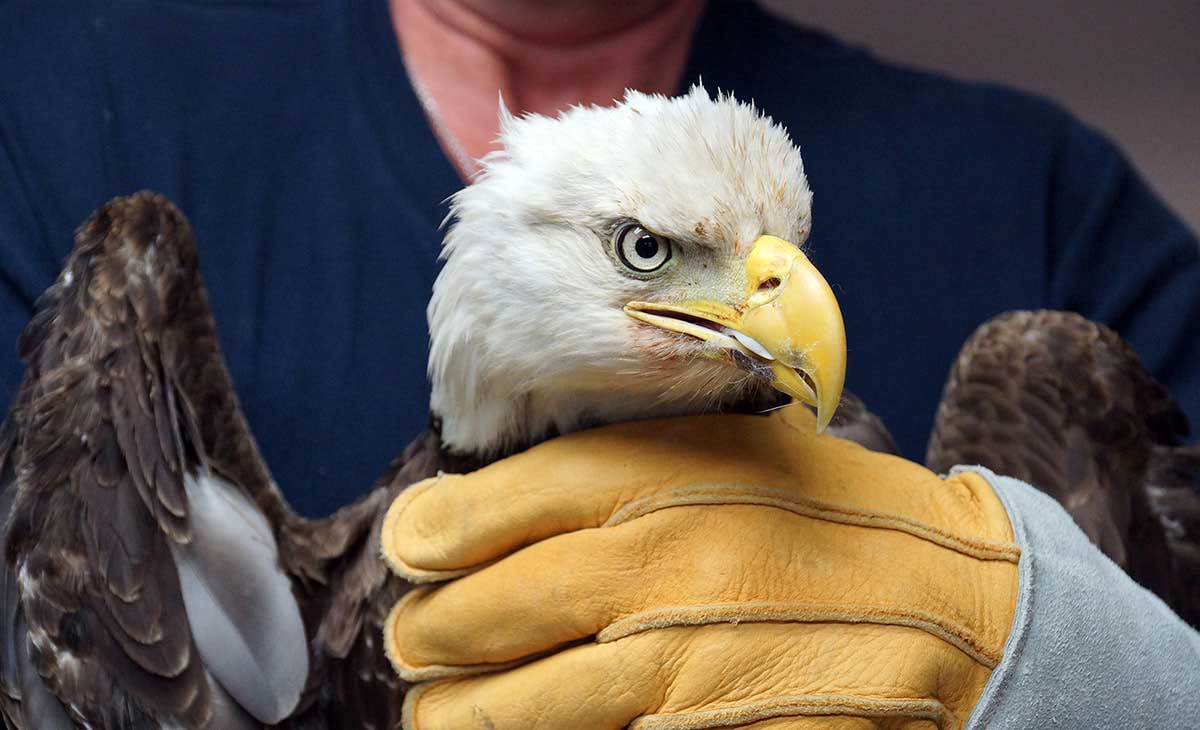Discover Specialist Providers in Wildlife Rescue Burlington for Citizen Animals
Discover Specialist Providers in Wildlife Rescue Burlington for Citizen Animals
Blog Article
Reliable Wildlife Removal Methods for a Peaceful Home Atmosphere
In the pursuit of preserving a calm home, property owners commonly encounter the challenge of wildlife invasions, which can interrupt the harmony of their setting. Applying reliable wildlife removal strategies requires a nuanced understanding of both gentle exemption methods and preventative procedures. By dealing with entrance points and minimizing attractants, one can dramatically lessen the chance of unwelcome visitors. Nonetheless, the intricacy of these methods usually demands a better exam of certain techniques and the prospective requirement for professional treatment. What are the crucial components of these approaches, and when should one consider looking for professional aid?
Identifying Common Wild Animals Intruders
Determining usual wildlife burglars is a critical primary step in effective wildlife monitoring. Comprehending the details varieties that often penetrate commercial and domestic rooms allows homeowner and wild animals experts to apply targeted techniques for minimizing prospective damages and health dangers. Usual intruders usually consist of raccoons, squirrels, bats, and various types of birds and rats, each bringing distinct difficulties.
Raccoons, for circumstances, are understood for their mastery and can create substantial structural damage while seeking food or shelter. Squirrels, with their tendency for gnawing, can damage electric circuitry, posing fire hazards. Bats, while valuable for controlling insect populations, can become a problem when they roost in attics, potentially spreading diseases such as histoplasmosis. Birds, including pigeons and sparrows, commonly develop unhygienic problems with their droppings, resulting in structural deterioration and health and wellness issues. Rodents, such as mice and rats, are infamous for their quick recreation and capacity to penetrate little openings, presenting severe health risks as a result of their capacity to spread out illness.
Humane Exclusion Techniques
Understanding the typical wild animals burglars is the structure whereupon effective exclusion strategies are built. Recognizing types such as squirrels, raccoons, and birds helps in making humane exemption methods customized to specific actions and entry approaches. Exclusion is a preventative strategy focused on rejecting wildlife access to properties and homes, therefore reducing the demand for more intrusive procedures.
The cornerstone of gentle exemption includes securing potential entry points. This includes fixing holes in wall surfaces, foundations, and roofings, in addition to mounting chimney caps and vent covers. For smaller sized invaders like computer mice and bats, making use of materials such as steel wool and caulk to seal spaces is essential. In addition, ensuring that doors and windows are safe, which displays are undamaged, can further hinder access.
One more key technique is making use of visual and auditory deterrents. Mounting ultrasonic devices or motion-activated lights can dissuade nocturnal wildlife. Modifying the environment by taking care of food resources, such as safeguarding garbage can and removing bird feeders, likewise plays an essential duty. These exclusion methods not only shield the home setting yet likewise appreciate the wildlife, allowing them to thrive in their all-natural environments without damage.
Safe Trapping Approaches
When exclusion techniques want, safe trapping approaches come to be a needed recourse in wildlife administration. Trapping, when executed appropriately, provides a humane and reliable means of addressing a prompt wildlife trouble while guaranteeing marginal anxiety and damage to the animal. This technique requires an understanding of both the habits of the target species and the honest considerations involved in wild animals handling.
These traps should be checked often to stop excessive stress or injury to the captured wild animals. It is important to comply with neighborhood laws regarding trapping and relocation to guarantee conformity with lawful criteria and wild animals preservation concepts.
In addition, lure option and positioning are important elements in making sure effective trapping. Bait must be selected based on the nutritional preferences of the target varieties and purposefully put to draw the animal right into the trap. As soon as trapped, the pet needs to be managed with more information care, using protective equipment if essential, to assist in secure transport and release, thus keeping a serene home and a balanced ecosystem setting.
Preventive Home Alterations
While risk-free trapping methods resolve prompt wildlife issues, lasting remedies usually involve preventative home modifications to deter pets from going into human rooms. Executing these adjustments not only boosts the security and comfort of your living setting yet additionally decreases the likelihood of future wild animals intrusions.
A crucial facet of preventative techniques is securing possible entry factors. This entails evaluating and repairing any kind of gaps or fractures in the structure, walls, and roof covering, as these can come to be access paths for wild animals. Installing chimney caps and fixing busted vents can prevent birds, bats, and rats from getting access. Similarly, protecting doors and home windows with climate stripping and mesh screens includes an added layer of defense.
Landscaping modifications can also act as efficient deterrents. Trimming tree branches that overhang the roofing system and eliminating Look At This debris piles can eliminate courses and environments that draw in wild animals. Maintaining a clean yard by securing garbage can and compost heap prevents scavengers such as opossums and raccoons.

When to Call Experts,##.
Expert treatment comes to be vital in situations where wild animals issues surpass the scope of do it yourself remedies. Home owners may run into situations where the intricacy or threat of the wild animals problem necessitates professional experience. For example, managing aggressive animals such as snakes, raccoons, or bats often needs customized skills and tools to ensure safety and efficiency. Attempting to manage these animals without correct expertise can bring about injury or intensify the concern.
Furthermore, invasions entailing secured or threatened types require a nuanced technique to abide by lawful regulations. Professionals are furnished with the required licenses and recognize the legal structures governing the handling of such varieties. This guarantees that elimination is performed ethically and within lawful boundaries.

Last but not least, when wildlife positions a relentless problem despite repeated DIY efforts, professional services can provide thorough evaluation and lasting remedies tailored to avoid reoccurrence - burlington wildlife rescue. Their competence not just settles the immediate problem however also safeguards the home setting in the future
Final Thought
Carrying out reliable wild animals removal approaches is important for maintaining a peaceful home atmosphere. With each other, these techniques create an unified living space totally free from wildlife disruptions.

These exemption techniques not only secure the home setting however likewise respect the wildlife, enabling them to thrive in their all-natural environments without harm.
Applying efficient wildlife removal techniques is essential for keeping a calm home setting.
Report this page